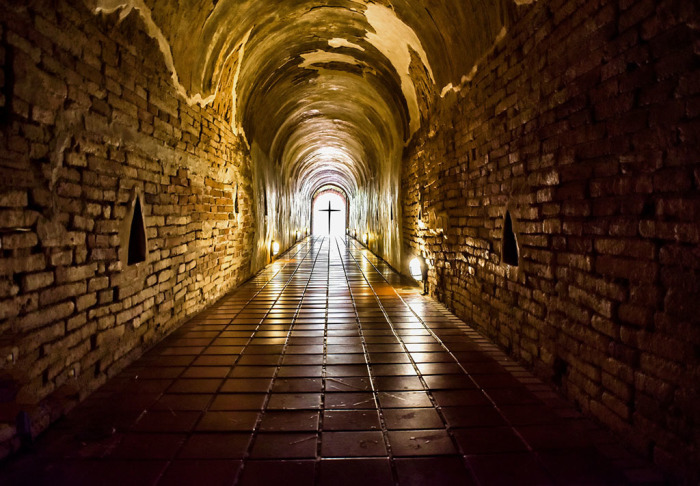What is Holy Week and what does each day symbolize?

Holy Saturday
Holy Saturday, also known as the Great Sabbath, Black Saturday or Easter Eve, and is called "Joyous Saturday" or "the Saturday of Light" by Coptic Christians, is the day after Good Friday and the day before Easter Sunday.
The Gospels recount that Jesus was indeed killed on Friday, giving up his spirit at 3 in the afternoon. The following day was the Jewish Sabbath. Luke's Gospel notes that several mourning women went home to prepare spices which they would take to the tomb on Sunday after resting on the Sabbath. Guards were posted outside the tomb to ensure that no one stole Jesus' body.
In this in-between time after Christ's death and His resurrection, the "harrowing of hell" or "the descent of Christ into hell," occurred.
Jesus descended into the realm of the dead, which the Apostles' Creed refers to as "hell," or "Sheol," which is distinct from the Hell of the damned. 1 Peter 3:18-19 notes that when Jesus "was put to death in the body, but made alive in the spirit, in which He also went and preached to the spirits in prison."
As Desiring God previously noted, after His death "Jesus journeys to Hades, to the City of Death, and rips its gates off the hinges. He liberates Abraham, Isaac, Jacob, David, John the Baptist, and the rest of the Old Testament faithful, ransoming them from the power of Sheol (Psalm 49:15; 86:13; 89:48). They had waited there for so long, not having received what was promised, so that their spirits would be made perfect along with the saints of the new covenant."
This was a reality King David foresaw in Psalm 16:10, that God "would not abandon [his] soul to Sheol, or let your holy one see corruption," a line Peter later would reference in Acts 2.
The Catholic Church and other liturgical churches spend this day meditating on the suffering of Christ on the cross while waiting expectantly for His resurrection.




























